

Articles
How To Store Butter At Room Temperature
Modified: December 7, 2023
Learn the best way to store butter at room temperature with this informative article. Keep your butter fresh and spreadable with these simple tips.
(Many of the links in this article redirect to a specific reviewed product. Your purchase of these products through affiliate links helps to generate commission for Storables.com, at no extra cost. Learn more)
Introduction
Welcome to the world of butter! Butter is a beloved ingredient used in countless recipes around the globe. From spreading it on warm toast to using it in baking and cooking, butter adds a rich and creamy flavor that enhances the taste of our favorite dishes. But have you ever wondered how to store butter at room temperature? In this article, we will explore the benefits of storing butter at room temperature, factors to consider, and steps to ensure its freshness and safety.
Traditionally, butter was stored at room temperature in a butter dish or crock. This allowed for easy spreading and a smooth texture. However, with the advent of refrigeration, many people started keeping their butter in the refrigerator to prevent spoilage. While refrigeration does help extend the shelf life of butter, it can also result in cold and hard butter that is difficult to spread.
Storing butter at room temperature has its own advantages. Firstly, it allows the butter to be soft and easily spreadable, making it convenient for immediate use. Additionally, room temperature butter is often said to have a richer and more pronounced flavor compared to cold butter. This is because the flavors and aromas of butter are more pronounced when it is not chilled. If you regularly use butter for cooking or baking, having it at room temperature can save you time and hassle.
Before you start storing butter at room temperature, there are a few important factors to consider. Firstly, the ambient temperature of your kitchen plays a crucial role. The ideal room temperature for storing butter is around 68 to 70°F (20 to 21°C). If your kitchen tends to get very hot or if you live in a warm climate, it may be best to refrigerate your butter to prevent it from melting and spoiling. Similarly, if your kitchen is too cold, the butter may become too firm and difficult to spread.
Another factor to consider is the quality of butter you are using. It is best to use high-quality butter that is free from any additives or preservatives. These additives can affect the butter’s stability at room temperature and may lead to spoilage. Look for butter that is made from fresh cream and has a higher fat content, as this will make it less likely to spoil.
Now that you understand the benefits and factors to consider, let’s dive into the steps to store butter at room temperature. By following these simple guidelines, you can enjoy the convenience of soft, spreadable butter without compromising its freshness and safety.
Key Takeaways:
- Enjoy the convenience of soft, spreadable butter with a richer flavor and smoother texture by storing it at room temperature. Follow proper handling and storage techniques to maintain its freshness and safety.
- Consider the ambient temperature, butter quality, and suitable container to safely store butter at room temperature. Follow hygiene practices, rotate the butter, and check for rancidity to ensure its freshness and safety.
Read more: How To Store Butter
Why Store Butter at Room Temperature
Storing butter at room temperature has several advantages that make it a popular choice for many home cooks. Let’s explore why you might consider keeping your butter out of the fridge:
- Convenience: One of the main reasons to store butter at room temperature is convenience. Cold butter straight from the refrigerator can be hard and difficult to spread on bread or use in cooking. By keeping it at room temperature, the butter becomes soft and easily spreadable, allowing you to enjoy its creamy goodness without any hassle.
- Flavor: Another compelling reason to store butter at room temperature is that it enhances the flavor of your dishes. When butter is cold, its flavor is milder and less pronounced. However, when butter is at room temperature, its flavors and aromas are more noticeable, adding a rich and indulgent taste to your recipes. Whether you’re making a batch of cookies or sautéing vegetables, using room temperature butter can elevate the taste of your dishes.
- Better Texture: Room temperature butter has a smoother and silkier texture compared to cold butter. This makes it easier to incorporate into recipes, ensuring a more even distribution and resulting in a better texture in your baked goods. So, if you want your cakes, cookies, and pastries to have that perfect crumb and mouthfeel, using room temperature butter is the way to go.
- Baking Success: If you’re an avid baker, you may find that room temperature butter is essential for achieving baking success. Many baking recipes, especially those that involve creaming butter with sugar, rely on the softened consistency of room temperature butter. This allows air to be incorporated into the mixture, resulting in a lighter and fluffier baked good. So, for those picture-perfect cakes and muffins, room temperature butter is a must-have ingredient.
- Long-Lasting: Contrary to what you might think, storing butter at room temperature does not necessarily mean it will spoil quickly. When stored properly, butter can safely be kept at room temperature for up to a few weeks without losing its quality. So, by keeping a small amount of butter readily available on your countertop, you can ensure that you always have a fresh supply for your culinary creations.
While there are many benefits to storing butter at room temperature, it’s important to note that proper storage and hygiene practices are crucial in order to maintain its freshness and safety. In the next section, we will discuss the factors you should consider before storing butter at room temperature.
Factors to Consider Before Storing Butter at Room Temperature
Before you decide to store butter at room temperature, there are a few important factors that you should consider to ensure its freshness and safety. Let’s take a closer look at these factors:
- Ambient Temperature: The ambient temperature of your kitchen plays a significant role in determining whether it is suitable to store butter at room temperature. Ideally, the room temperature should be around 68 to 70°F (20 to 21°C). If your kitchen tends to get too hot, especially during the summer months, it may be best to refrigerate the butter to prevent it from melting and becoming rancid. On the other hand, if your kitchen is too cold, especially in winter, the butter might become excessively firm, making it difficult to spread.
- Butter Quality: The quality of the butter you use also makes a difference in its ability to be stored at room temperature. It is essential to use high-quality butter made from fresh cream. Look for butter that is free from additives and preservatives. These additives can affect the butter’s stability at room temperature and might lead to spoilage.
- Butter Composition: The composition of the butter, specifically its fat content, is another factor to consider. High-fat butter has a lower water content, making it less prone to spoilage and rancidity. Look for butter with a higher fat content, ideally 82% or higher, as it will have a longer shelf life at room temperature.
- Butter Storage Container: Choosing the right container to store your butter at room temperature is crucial. An airtight and opaque container is recommended to protect the butter from exposure to light and air. This helps to preserve its freshness and prevent it from absorbing any unwanted odors from the surroundings. A butter dish or crock with a lid is an excellent option for storing butter at room temperature.
- Hygiene and Cross-Contamination: It is important to maintain proper hygiene when storing butter at room temperature. Always use clean utensils or a butter knife to take out the desired amount of butter, ensuring that no foreign substances are introduced into the container. Additionally, try to avoid cross-contamination by not spreading butter directly from the stick onto surfaces that may introduce bacteria or other contaminants into the butter.
By considering these factors and taking the necessary precautions, you can safely store butter at room temperature and enjoy its soft and spreadable goodness for an extended period of time. In the next section, we will discuss the steps to store butter at room temperature effectively.
Store butter at room temperature in a butter dish or covered container, away from heat and sunlight. Use it within 1-2 weeks for best quality.
Steps to Store Butter at Room Temperature
Storing butter at room temperature requires proper handling and storage techniques to ensure its freshness and safety. Follow these steps to effectively store butter at room temperature:
- Select the Right Butter: Choose high-quality butter that is made from fresh cream and has a higher fat content. Look for butter that is free from additives and preservatives, as these can affect its stability at room temperature.
- Prepare a Suitable Container: Use an airtight and opaque container to store butter at room temperature. This will protect it from exposure to light and air, preserving its flavor and preventing it from absorbing any unwanted odors. A butter dish or crock with a lid is an ideal choice.
- Keep Butter Fresh: To maximize the shelf life of your butter, consider cutting it into smaller portions. This allows you to take out only what you need, keeping the rest of the butter protected and fresh. Wrap the remaining butter tightly in wax paper or foil before returning it to the container.
- Store in a Cool Location: Find a cool spot in your kitchen, away from direct sunlight and heat sources, to store the butter. The ideal room temperature for butter storage is around 68 to 70°F (20 to 21°C). Avoid placing the butter near the stove, oven, or any other appliances that generate heat.
- Keep the Container Clean: Regularly clean the container you use to store butter at room temperature. Wash it with warm soapy water, rinse thoroughly, and allow it to dry completely before refilling with fresh butter. This helps to prevent any bacterial growth or cross-contamination.
- Rotate Butter: If you consistently use butter, it is a good idea to rotate the butter you have stored at room temperature. This means using the older butter first and replacing it with a fresh portion. This ensures that you are always using the butter while it is at its best quality and reduces the risk of spoilage.
By following these steps, you can store butter at room temperature successfully and enjoy the convenience of having soft and spreadable butter at your fingertips. However, it’s important to note that room temperature storage is not suitable for all environments. If you live in a particularly warm or humid climate, or if your kitchen is prone to high temperatures, it may be best to refrigerate your butter to prevent it from melting or spoiling.
Now that you know how to store butter at room temperature, let’s explore some tips to keep your butter fresh and safe for consumption in the next section.
Tips for Keeping Butter Fresh and Safe at Room Temperature
When storing butter at room temperature, it’s essential to take certain precautions to maintain its freshness and ensure its safety. Here are some helpful tips to keep your butter fresh and safe for consumption:
- Check for Rancidity: Periodically check the butter for any signs of rancidity. Rancid butter has a distinct unpleasant odor and taste. If you notice any off smells or flavors, it’s best to discard the butter and replace it with a fresh portion.
- Keep it Covered: Always make sure to keep the container tightly covered when not in use. This helps to protect the butter from exposure to air, which can accelerate spoilage. Additionally, covering the butter prevents it from absorbing any odors or flavors from other foods in the kitchen.
- Keep Away from Heat Sources: Avoid placing the butter near heat sources like stoves, ovens, or direct sunlight. Excessive heat can cause the butter to melt and spoil quickly. Find a cool spot in your kitchen to store the butter to maintain its quality and consistency.
- Use Clean Utensils: Always use clean utensils, such as a butter knife or spoon, when taking out butter from the container. This prevents any cross-contamination and helps to maintain the butter’s freshness and safety.
- Rotate the Butter: To ensure that you are always using fresh butter, rotate the portions stored at room temperature. Use the older butter first and replace it with a fresh portion. This helps to prevent any spoilage and ensures that you’re always enjoying the best quality butter.
- Store in Ideal Conditions: Maintain an ideal room temperature of around 68 to 70°F (20 to 21°C) in your kitchen for butter storage. If your kitchen tends to get too hot or if you live in a warm climate, refrigerating the butter might be a better option to prevent melting and spoilage.
- Consider Butter Bell: A butter bell, also known as a butter crock, is a traditional French butter storage method that can help keep the butter fresh at room temperature. It consists of a crock filled with water, creating an airtight seal that prevents air from reaching the butter. The butter is submerged in the water, keeping it cool and fresh.
- Observe the Expiration Date: Pay attention to the expiration date on the butter packaging. Although properly stored butter can last longer than its expiration date, it’s still important to be mindful of it and use the butter within a reasonable time frame.
By following these tips, you can ensure that your butter remains fresh, safe, and enjoyable to use at room temperature. Proper storage and hygienic practices will help maintain the butter’s quality, allowing you to enjoy its rich and creamy goodness in your favorite recipes.
Now that you are equipped with the knowledge of storing butter at room temperature, let’s summarize what we’ve learned in the concluding section.
Read more: How To Store Brown Butter
Conclusion
Storing butter at room temperature can be a convenient and flavorful option for many home cooks. By following the right steps and considering important factors, you can enjoy soft, spreadable butter with a richer taste and smoother texture. However, it’s crucial to keep in mind that room temperature storage may not be suitable for all environments, especially if your kitchen gets too hot or if you live in a warm climate. In such cases, refrigeration is the safer option to prevent spoilage and maintain the quality of the butter.
Before storing butter at room temperature, consider the ambient temperature of your kitchen, the quality and composition of the butter, and the cleanliness of the storage container. This will help ensure that the butter remains fresh and safe for consumption. By cutting the butter into smaller portions, using a suitable container, and storing it in a cool location away from heat sources, you can maintain its quality and avoid any spoilage issues.
Remember to use clean utensils, rotate the butter, and check for rancidity periodically to maintain the freshness and safety of the butter. Additionally, paying attention to the expiration date and observing proper hygiene practices will further contribute to keeping the butter at its best quality.
Whether you’re spreading it on toast, using it in baking, or incorporating it into your favorite recipes, storing butter at room temperature offers convenience and enhances the overall taste of your dishes. Just ensure that you follow the guidelines outlined in this article to enjoy the benefits of soft, spreadable butter without compromising its freshness and safety.
So, go ahead and explore the world of room temperature butter storage, and elevate the flavor of your culinary creations with this simple yet effective technique!
Frequently Asked Questions about How To Store Butter At Room Temperature
Was this page helpful?
At Storables.com, we guarantee accurate and reliable information. Our content, validated by Expert Board Contributors, is crafted following stringent Editorial Policies. We're committed to providing you with well-researched, expert-backed insights for all your informational needs.
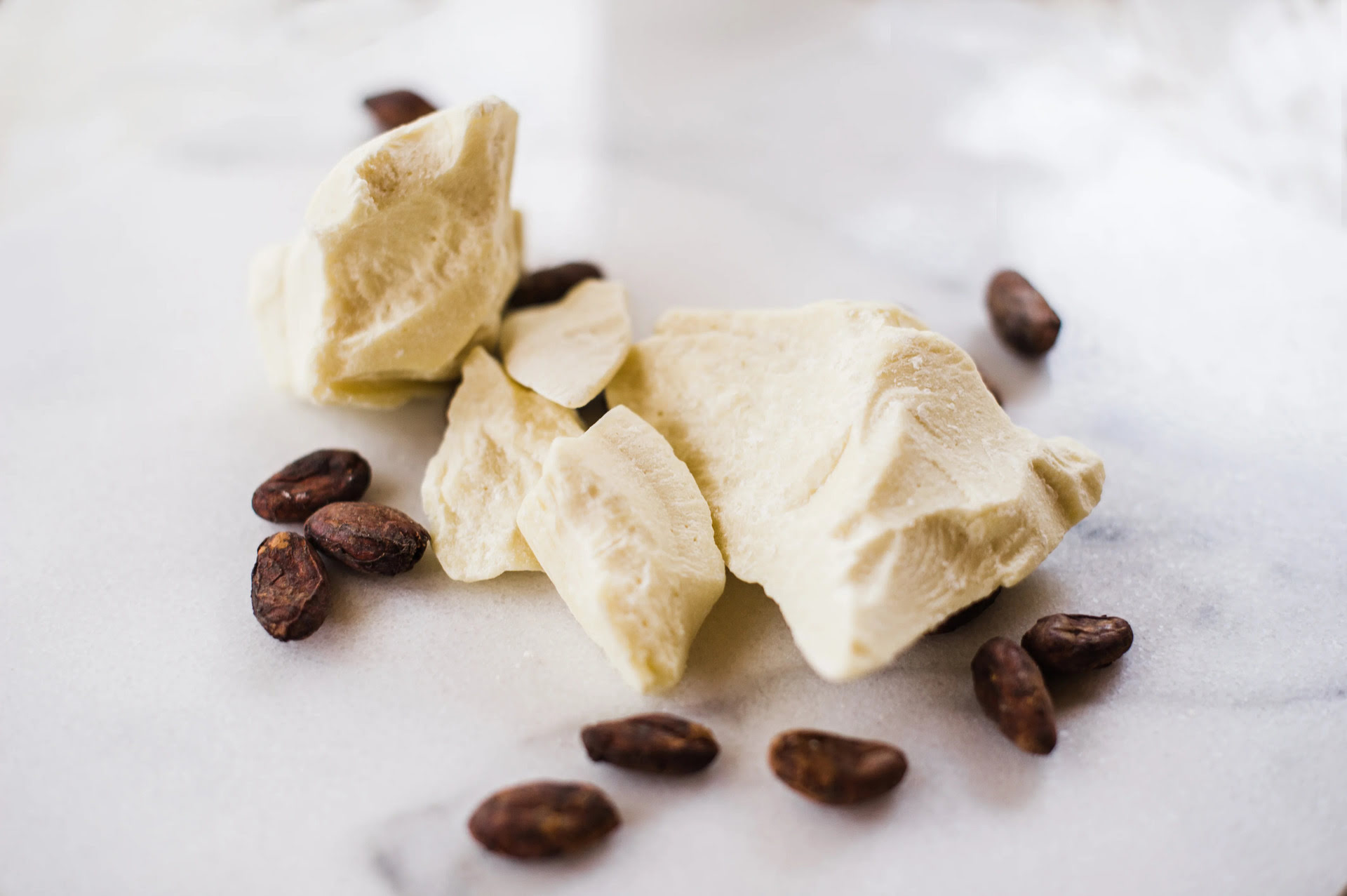
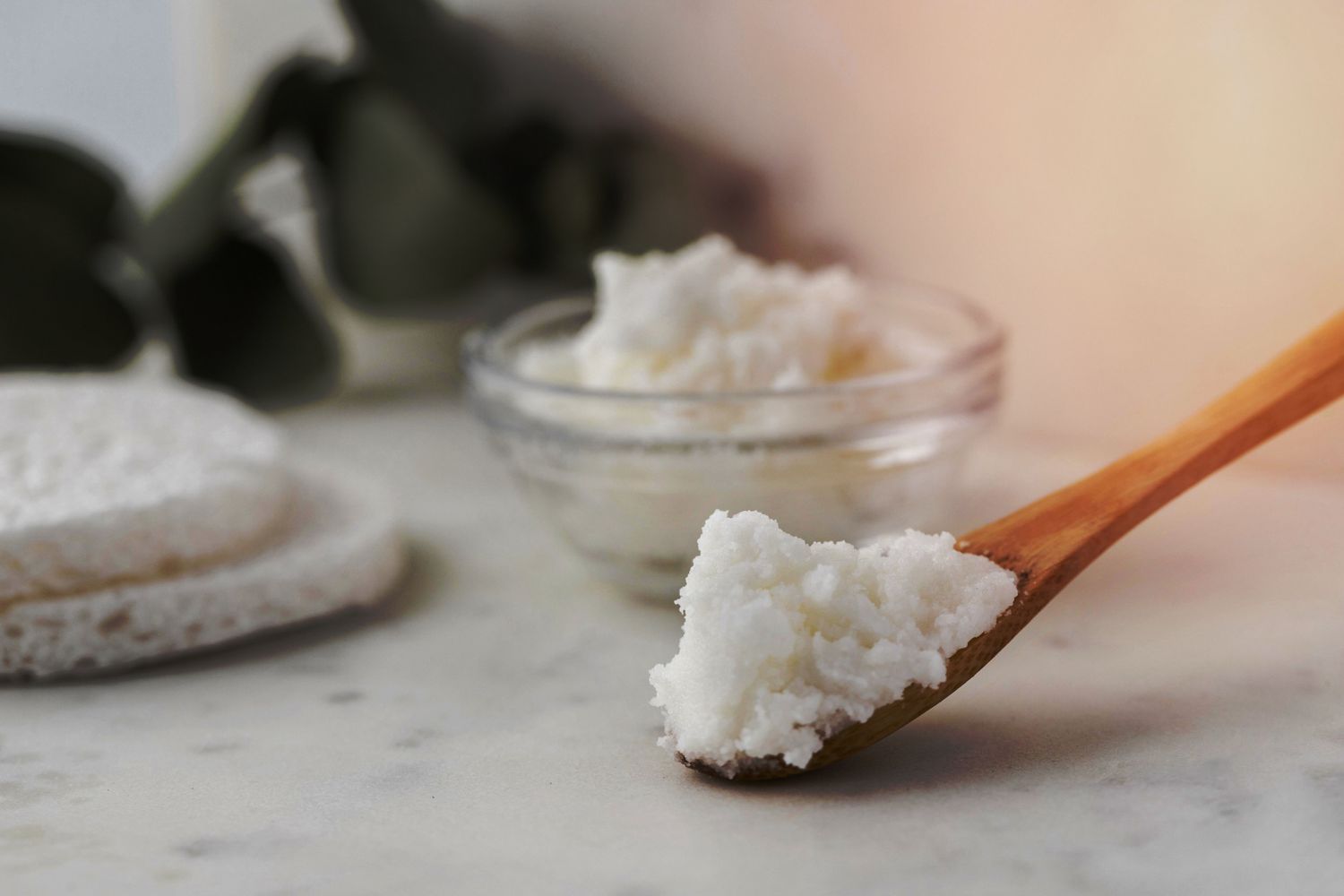
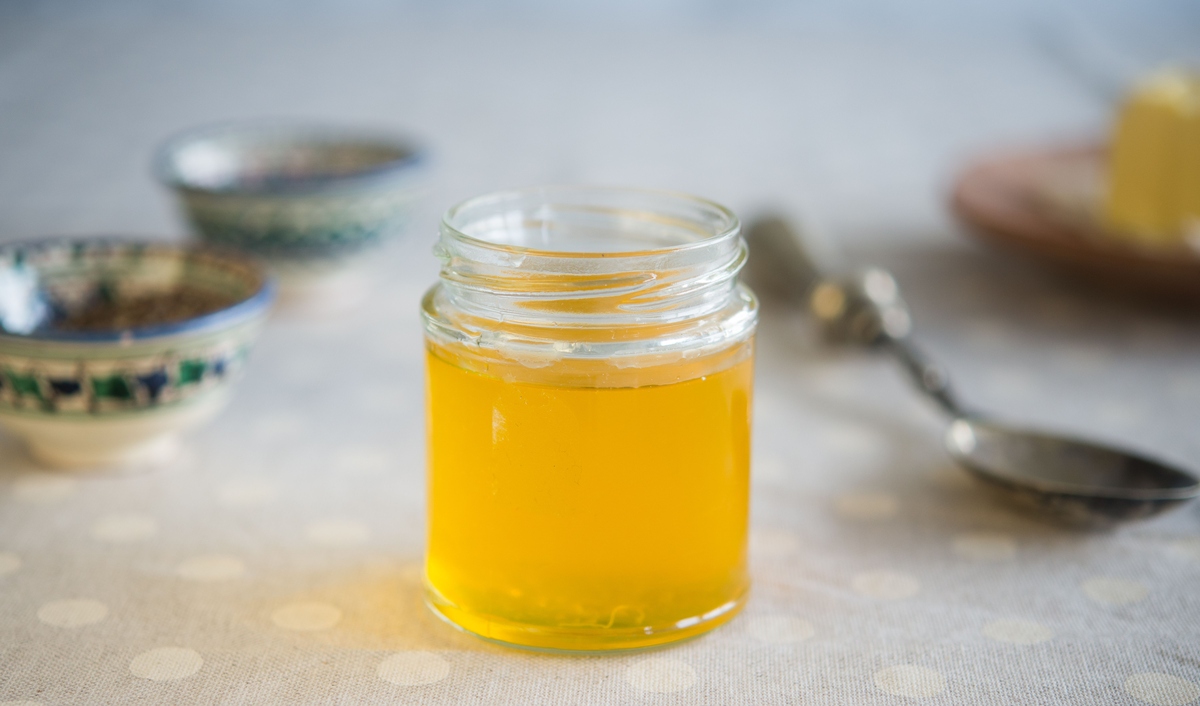

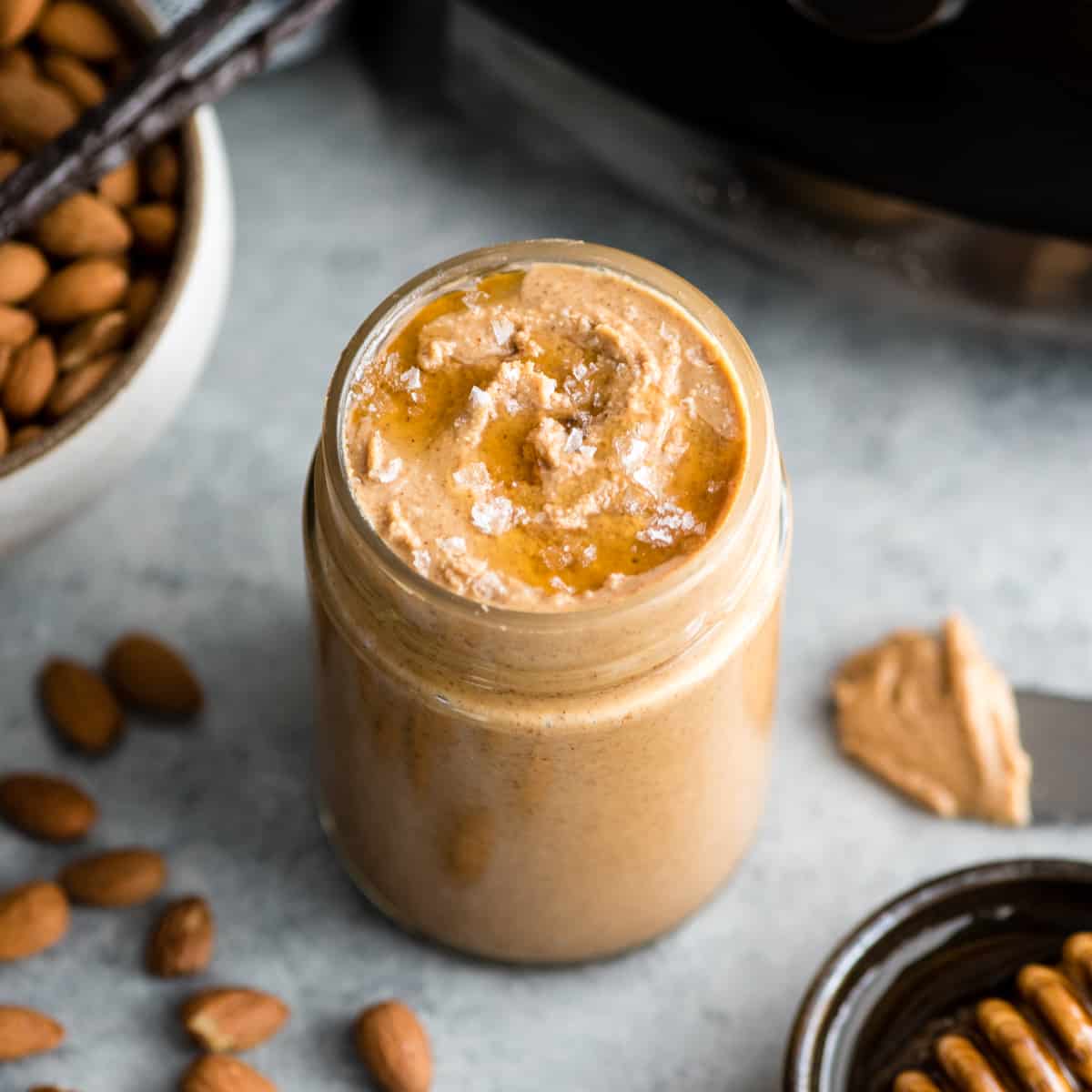






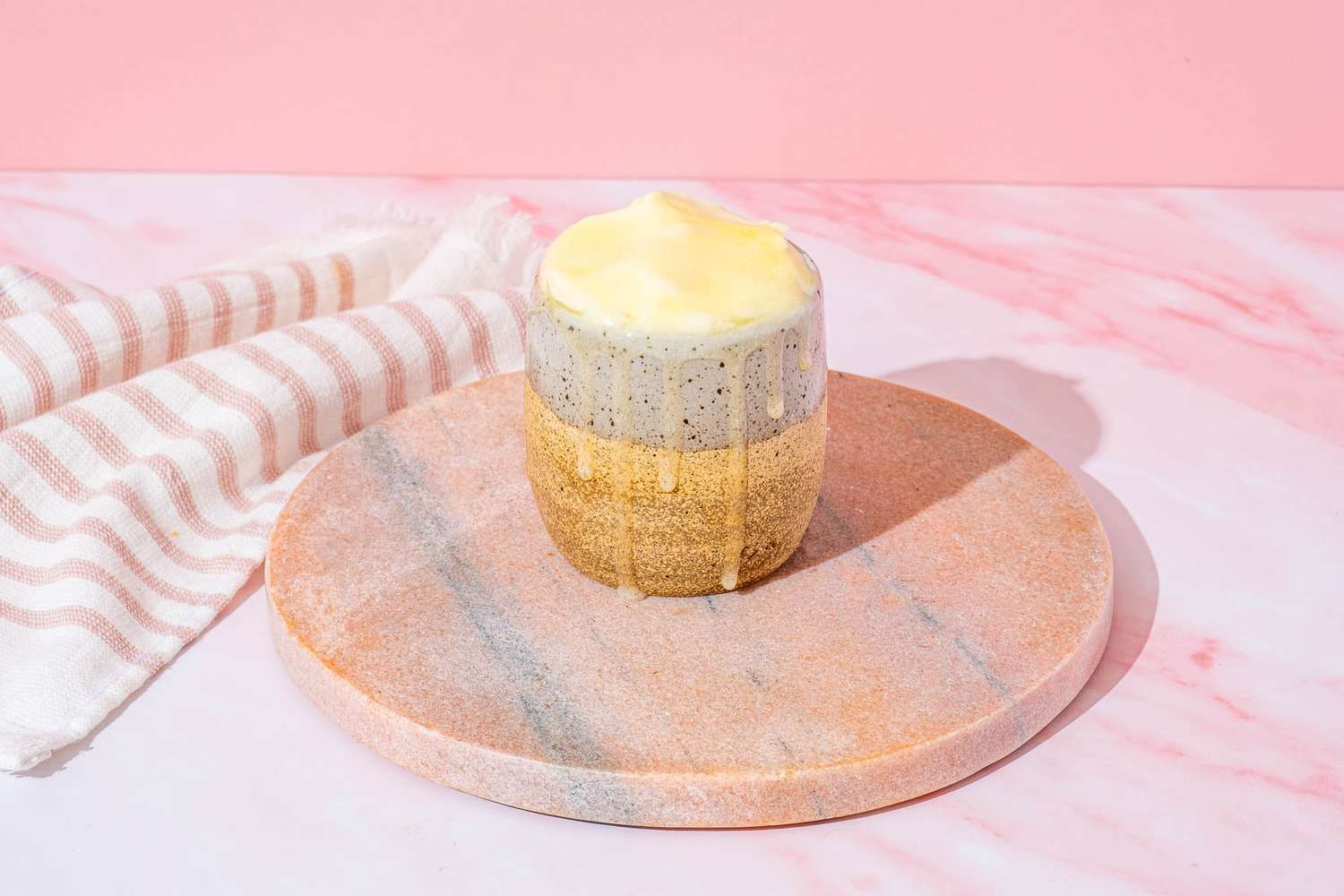
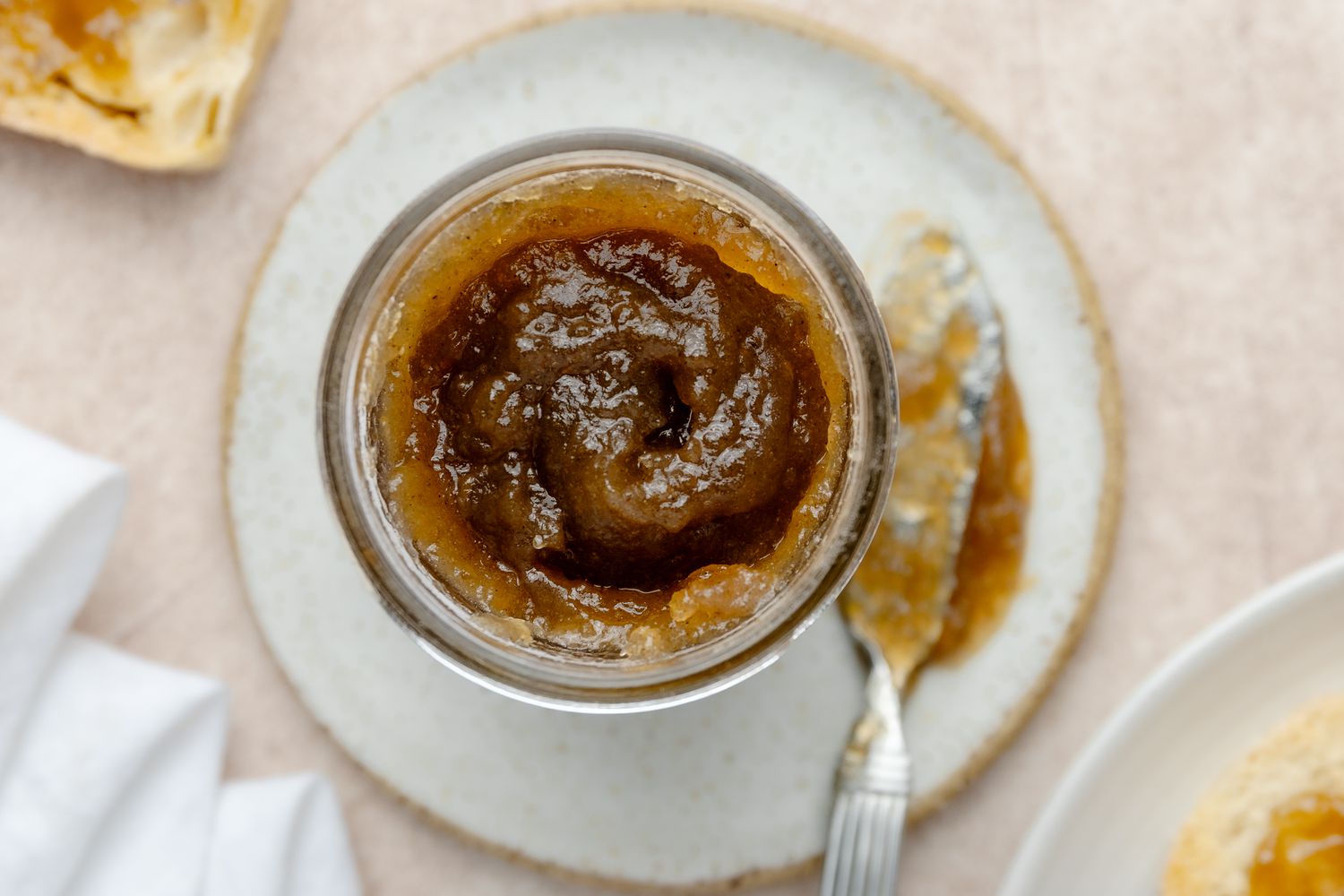
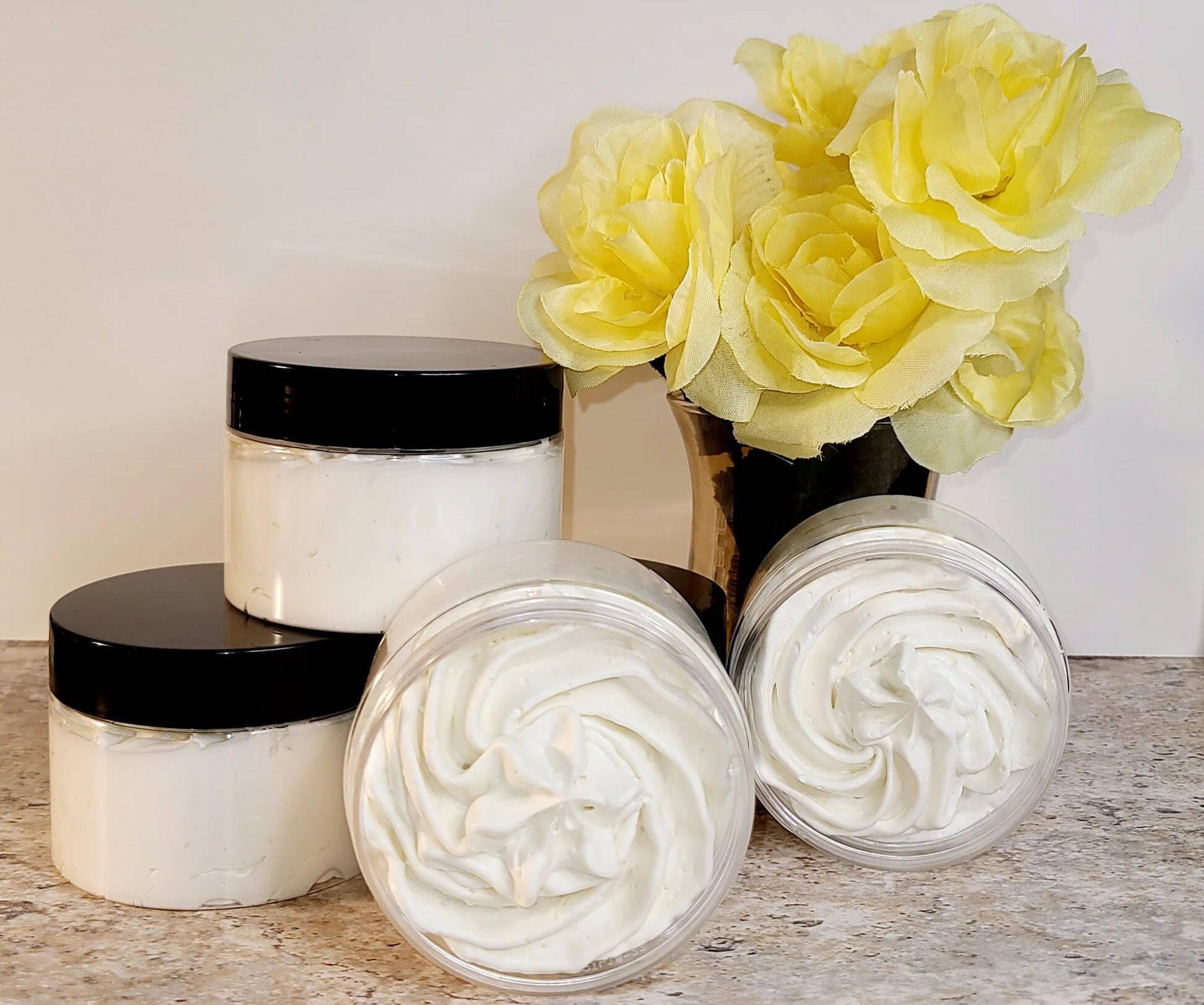

0 thoughts on “How To Store Butter At Room Temperature”